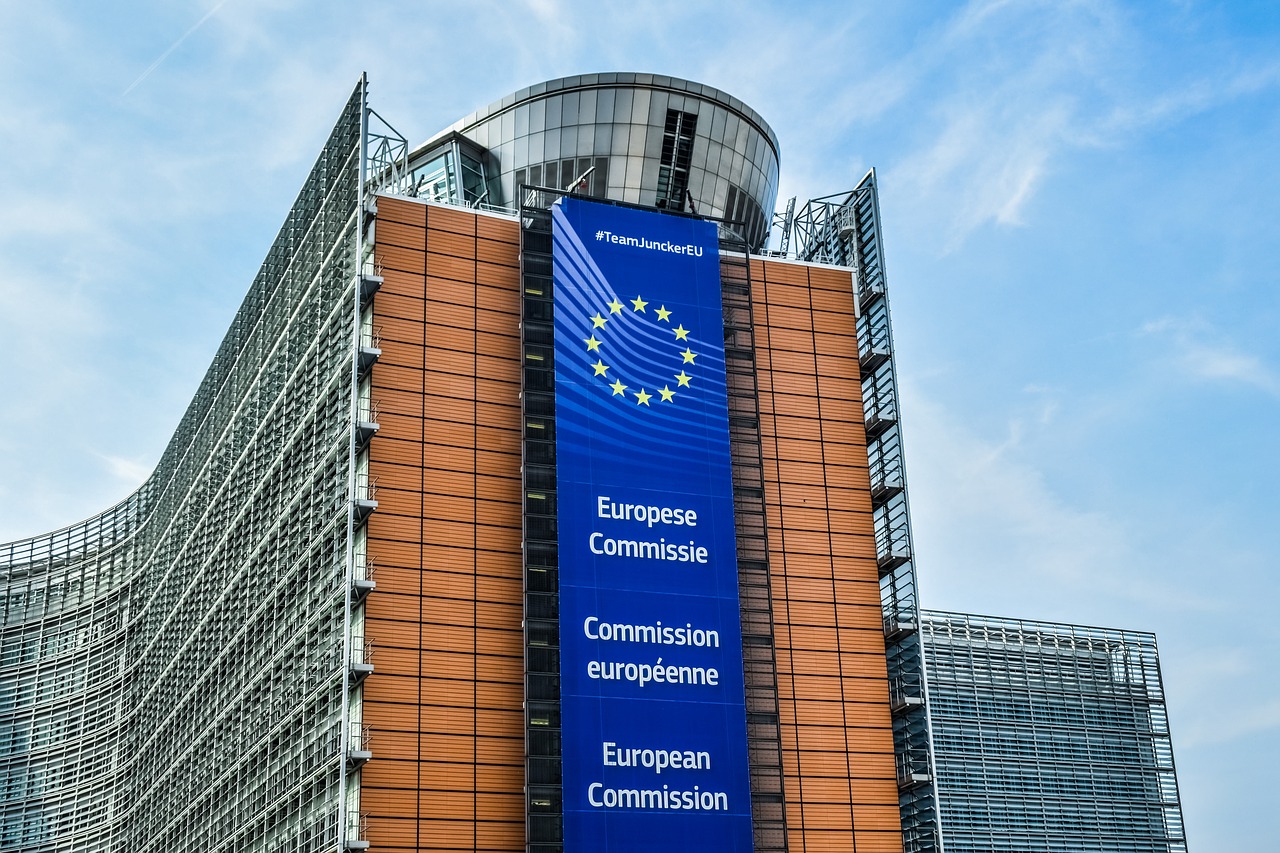Updated news directly from Brussels
Our Brussels desk is committed to providing all the detailed information and the latest news directly from the European Commission and the European Parliament. It is mainly aimed at professionals, entrepreneurs and managers, and citizens who want to feel an active part of Europe and want to stay up-to-date on the decisions that are taken in the European context.
European funding programmes
The Coronavirus pandemic is having catastrophic effects on the global economy. This is why the European Commission, the European Parliament and the leaders of the various EU countries have agreed on a number of instruments to counterbalance the socio-economic effects of the pandemic and to support the European states. In the field of monetary policy, the Pepp (Pandemic Emergency Purchase Programme) was activated. This is a programme whereby the European Central Bank (ECB) buys government bonds, i.e. public debt, for a total of 1,800 billion euros. Pepp was issued to help especially the weakest states, including Italy.
The emergency situation has led to further programmes being implemented, including the Sure plan (temporary Support to mitigate Unemployment Risks in Emergency), the European Investment Bank (EIB) plan and the credit lines of the European Stability Mechanism (ESM). These measures support, respectively, workers, businesses and national health systems for a total availability of resources of around EUR 540 million for the Member States.
The Sure plan is a €100 billion support programme that specifically aims to reduce the risk of unemployment during this health emergency by reducing the working time tables in order to safeguard jobs.
The EIB programme has the objective of mobilizing up to 200 billion euros in new loans and guarantees to support the real economy and businesses. With regard to the ESM programme, the activation of a new credit line was agreed. It allows the requesting states to use the funds exclusively for direct and indirect health costs connected to the containment of the pandemic. Sums of up to 240 billion euros have been made available and can be accessed by states up to a limit of 2% of their gross domestic product.
Next Generation EU
Another aid programme to be shared among the various European countries is the Economic and Social Recovery Plan agreed by the European Council on 10 November 2020 and called Next Generation EU.
This € 750 billion plan is the largest stimulus package ever funded by the EU, with which the EU countries have for the first time decided to take on joint debt. The objectives to be achieved with this aid programme are to support the recovery of the member states, boost the economy and support private investment. This instrument will help create a post-Covid-19 Europe that is greener, more digital and resilient and adapts to present and future challenges. The agreement will reinforce specific programmes under the long-term budget for the period 2021-2027. Around one third of EU spending under the long-term budget will contribute to new and enhanced areas such as modernisation and resilience.
In order to benefit from it, each member State has to submit, by 30 April 2021, its structural reform projects in the form of National Recovery Plans. They basically indicate how each country intends to spend the Next Generation EU funds. In addition to indicating how the EU funds will be spent, each member country must define how the resources will be managed. Governance is required by the European Union. Each sector of the plan must have a Mission Manager, supported by a team of technicians.
IF YOU ARE INTERESTED IN PARTICIPATING AND WOULD LIKE TO RECEIVE MORE INFORMATION PLEASE CONTACT US!



